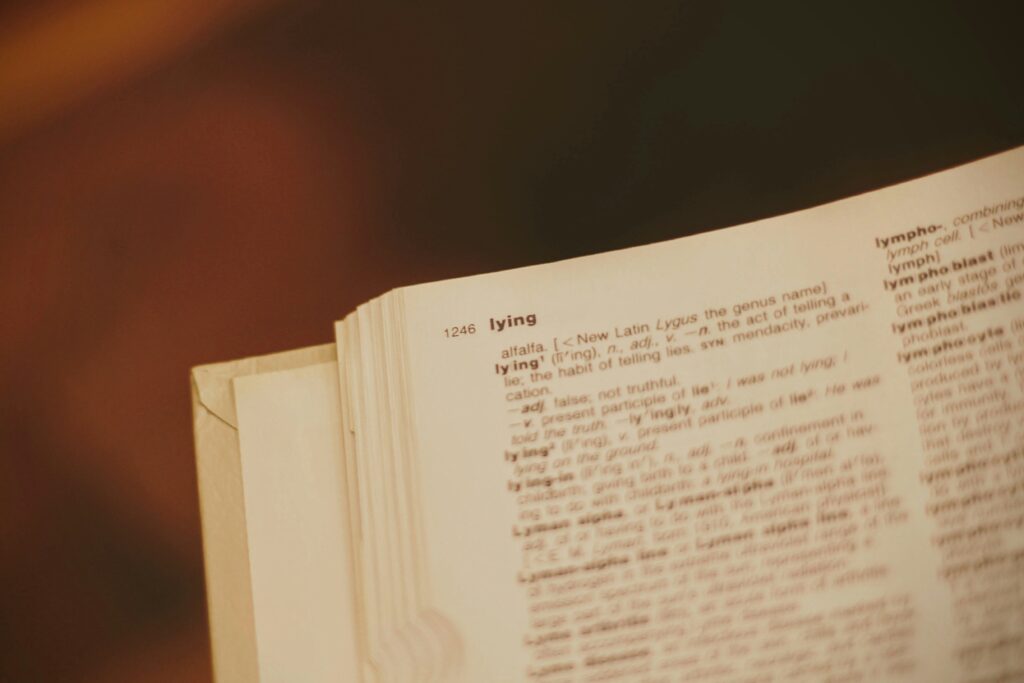English is a wonderfully unpredictable language.
Not only does it borrow words from countless other tongues, but it often can’t decide how it wants to say them. Some words in English have more than one perfectly acceptable pronunciation. This isn’t a mistake or a regional quirk — it’s simply the language doing what it does best: evolving and adapting.
In this post, we’ll look at why certain words have multiple pronunciations, explore examples that trip up even seasoned speakers, and see why it’s all part of English’s charm.
Why does this happen?
English is famously non-standardized in many respects. With influences from Latin, French, Norse, German, Hindi, and dozens more languages, it naturally inherits different ways of saying things. Add to that the huge geographical spread of English — from the UK and US to Australia, India, and beyond — and it’s no surprise pronunciation gets a bit flexible.
It also comes down to personal and cultural identity. Often, the way we pronounce a word ties us to our community, upbringing, or even how we first learned it from family or school.
Examples you probably say differently
1. Either and Neither
- ee-thur / nee-thur or eye-thur / nye-thur
Both are widely accepted. Brits often lean toward “ee-thur,” while Americans commonly say “eye-thur,” but plenty of overlap exists.
2. Caramel
- KAR-muhl or CARE-uh-mel
This one’s sparked countless dinner-table debates. Some split it into three syllables, others smooth it into two. Both are tasty — and correct.
3. Data
- DAY-tuh or DAH-tuh
Tech meetings sometimes feature people alternating pronunciations in the same sentence. Don’t sweat it — linguists agree both are legitimate.
4. Route
- Root or Rowt
Planning a route (root) for your road trip? Or taking a new route (rowt) to work? In the US, “rowt” is more common, except when referring to routers (often pronounced “root-ers”). Confusing? Very.
5. Envelope
- EN-vuh-lope or ON-vuh-lope
Want to sound a little more French? Try “on-vuh-lope.” Want to sound like most North Americans? Go with “en-vuh-lope.” Both get your mail delivered.
6. Apricot
- APE-ricot or APP-ricot
The “ape” pronunciation pops up more on the West Coast of the US and in parts of the UK, while “app” is common elsewhere. Either way, it’s delicious.
7. Pecan
- Pee-KAHN, puh-KAHN, or PEE-can
In the southern US, it’s often “puh-KAHN.” Northerners might say “PEE-can.” In truth, nearly every region claims its way is right — so just pick your favorite.
So… is one pronunciation more “correct”?
Not really. Dictionaries list multiple pronunciations for these words because they’re all considered standard English. You might choose based on:
- where you live,
- what you grew up hearing,
- or just what rolls off your tongue more easily.
That’s the joy of language. It’s alive. It shifts with culture, technology, and travel.
Why it’s worth embracing
Instead of stressing over whether you say “TOMA-to” or “to-MAH-to,” take a moment to appreciate how cool it is that English lets us customize our speech. It’s like having different colors to paint the same picture.
Next time you hear someone say a word differently, smile. It means English is doing exactly what it’s meant to do — adapt, diversify, and keep us on our toes.
Final thought
Have a favorite pronunciation? Or a word you and your friends always debate? Drop it in the comments or share this post and see how many ways your circle says the same word. Because in the end, whether it’s “ee-thur” or “eye-thur,” it’s all wonderfully English.


